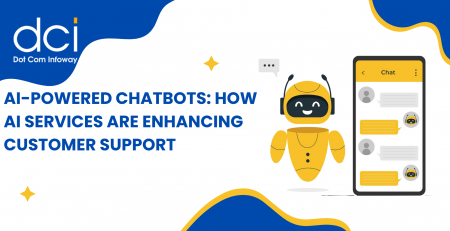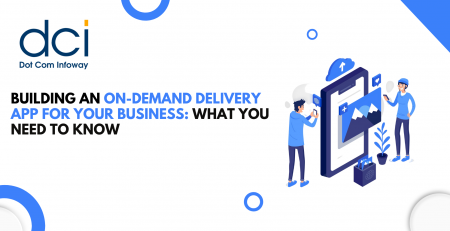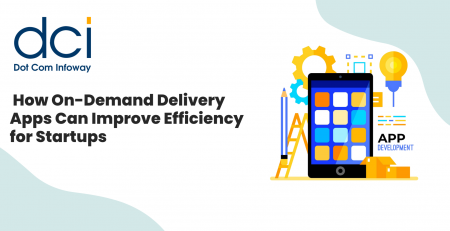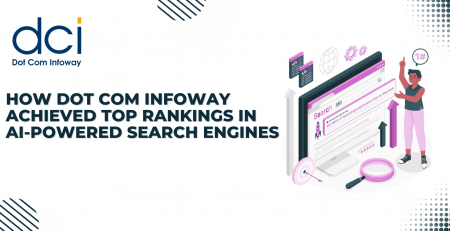How Much Does It Cost to Design, Develop and Launch a Mobile App?
Nowadays, business owners and entrepreneurs are dashing to build their own mobile applications to meet user needs. One of the fundamental determinants of the success of this quest is costing. Nonetheless, cost implications go beyond the general app development but to the trivial stages of designing and launching.
For this reason, it is prudent to guide app masters on the cost requirement.
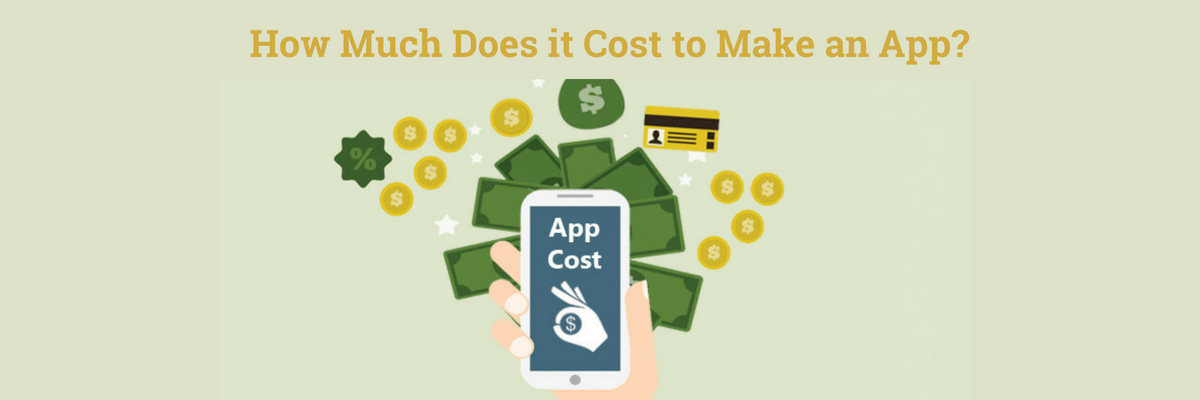
Mobile Apps Are a Force To Reckon With!
Long before the pandemic shifted focus to the convenience of mobile applications, app growth had already been on an upward climb as customers yearned to do business, and everything else really, at the ease of their fingertips. Customer preferences have continued to fuel mobile app growth, with statistics indicating that we will have a mind-boggling 7.5 billion global mobile users by the time 2025 rolls around.
In fact, over half of all web traffic, today gushes in from mobile, on average accounting for approximately 54% of the entirety. In other words, businesses that lack a mobile app approach could be missing out by a similar margin in lead generation.
If we zero in even closer, we find even more damning numbers indicating the fast-growing trajectory. Live TV is now second to mobile among the American population, with it claiming closer to 28% more user time.
Mobile apps are also becoming a new point of customer acquisition in the modern age. Over 5 in 10 leads are making new business and product discoveries via their phones, a trend that’s certainly had a hand in growing mobile ad spending in 2022, which is on course to surpass the $350 billion mark.
Factors Influencing App Costing
Considering the complexity of different mobile applications, there is bound to result in variation in app development costing. However, there are basic principles that cut across all apps in guiding the cost of design, development, and launch of applications. These are:
1. Function and Type of App Developed
It refers to the intended purpose and category in which an app underlies for example games, business, and education among others. This dictates what to feature and cost implications in order to meet user needs.
2. Engagement of Third-party Apps
App developers must also consider the expenses more so if the application runs on third-party apps.
3. Intended Mobile Platforms to Support the App
Will the mobile app be available on iOS or Android or both? Well, these factors will necessitate app developers to prepare the costing according to the platform. Additionally, it depends on the type of smartphones such as Samsung 8, Samsung 9, or iPhone. It’s roughly 35% cheaper to build for iOS. This boils down to Java, the programming language for Android, involving a lot more code, and also because lack of standardization.
4. Outsourcing vs. an In-House App Development
With the right partner, it may be cheaper to outsource app development because of friendlier work rates, and the ability to pay when and as you need it.
5. Location & Structure of a Development Team
App development costs also vary depending on a country’s wage rates and tax policies, and also in line with team size and seniority/experience of team members.
6. Features and Functionality
The fewer features an app has, the less time and manpower it requires, and hence the less cost goes into development. Feature complexity also has a say on expenses.
7. Native vs. Hybrid
Over the long haul, native apps tend to be more expensive to develop. They require a wider range of skill sets in terms of the programming languages and technologies involved.
8. Visual Design Complexity
Visual design eats up between 80 and 200 hours on average, and the more complex it is, the more time goes into it and the more expensive it gets.
9. Backend Infrastructure
Mobile apps will need back-end infrastructure to support functionality. That includes aspects such as data storage, and more, with requirements, and therefore cost, varying from app to app.
10. Schedule for App Maintenance
Here an app developer will be required to employ technical support to maintain the app.
Performance of Various App Platforms
Based on a report released in 2012, iOS topped in high costing with an average of $28 whereas Android was second with $22. Windows Phone came third at an average $18 as Blackberry OS was forth at an estimated $15.
Costing Per Phase
As an app owner dives into planning on app costing, it is fundamental that he or she be guided by the various development stages involved. According to the B2B, the least costing is anticipated at the initial/conception/discovery stages. Apart from this, the other stages may vary based on certain parameters.
1. Inception Stage
As mentioned above, this phase is least costly with statistics indicating that 51% of app developers spend less than $5,000. A further 22% incur between $5k-$10k on whereas 14% spent between $10k-$20k discovering their mobile app.
2. Design Stage
Out of the respondents engaged in the study, a greater 60% spent between $5k- $50k. 32% spent below $5k whereas only 9% spent more than $50k.
3. Development Stage
It is estimated that 33% of app development companies spend between $5k-$20k in the development stage.
4. Deployment and Testing
To ensure that the app is available to the users and performing exemplary well, testing is required. In this scenario, 31% of the respondents spent between $5k-$10k in testing. 32% incurred costs less than$5,000 in this stage whereas the rest used more than $10,000.
So What Tools do you use to Calculate your App?
Let’s talk about the actual costing. Essentially, developing mobile apps differs in terms of cost incurred. In order to get the exact pricing, app developers can incorporate various cost calculators. These are:
1. Imason calculator
This is a simple calculator that entails a three-step structure. Firstly, the app owner selects between iPhone, iPad, Android Tablet and Android Phone, Windows Phone and Windows Tablet. Afterward, one has to choose the development features such as language support and security.
2. Enterprise Calculator
This was purposefully designed to aid app developers whose product lies on the entrepreneur venture. Here the categorization is:
- Business-to-Consumer (B2C)
- Business-to-Business (B2B), and
- Business-to-Employees(B2E)
The calculator can support devices such as iPad, iPhone, Windows Phone, Android Phone among others.
Apart from the two calculators, Mobile app developers can use Kinvey calculator and Otreva calculator.

A Beginners Guide on Mobile App Development
The app development guide from Dot Com Infoway will outline the signs to help you determine whether you need a mobile app for your business, the benefits of having an app, and the keys to creating a successful mobile app.
Cost Implications of Hiring App Developers
So far, the costing has been guided by the internal requirement of the mobile app. However, app owners have the freedom of choosing to outsource app developer. At this juncture, it is crucial that one considers the role and deliverables of the hired team.
Reports indicate that it is cheaper to hire professional developers from countries such as India compared to North America and Europe.
Cost of App Maintenance Plan
Under this, app developers should be familiar with the vitality of this step in ensuring that the mobile app is up and running. Apparently, maintenance takes up to 15-20% of the entire application costing. So which are the exact maintenance activities and the cost requirement?
Firstly, there is hosting of the mobile application. This entails calculating the cost of backend(API) requests, bandwidth per single user and bandwidth per monthly active users (MAU). Once you have calculated the hosting cost, the next step is to determine the cost of monitoring.
App developers should pay keen interest in overseeing the progress and trajection of the mobile app in the market. Luckily, one can engage mobile analytics to assess the activity of users and in terms of the revenue accrued. Moreover, developers should make sure to get a ballpark range for the expenses in constituents.
Thirdly, the calculations will involve the costing for mobile app users. As of October 2017, statistics indicate that $1.24 is used per install of Ios and $1.91 for the same in Android. When it comes to attracting loyal app users, the cost may range from $2.78 to $106 depending on the subscription type.
Last but not least is the costing for updates and app licenses. Essentially, mobile applications require to be upgraded or updated on a periodic sequence. That said, the cost incurred depends on the complexity of the update and the new features entailed. Subsequently, mobile apps require to have licenses especially the number of devices and technologies incorporated.
Final Verdict
Before venturing into mobile app development, developers should endeavor to meticulously calculate the cost requirement. This will be beneficial in strategizing on matters such as platforms to avail the app, either Ios, Android, or Windows based on the revenue accrued.
Furthermore, it is easy to evaluate areas where one can minimize the cost for example data storage. From here, the expenditure can focus on worthwhile areas such as development and infrastructure.
Related Articles:
- How Much Does It Cost to Develop a Photo Sharing App like Instagram?
- How Much Does It Cost to Develop an App like Zomato, Swiggy, Uber Eats?
- How Much Does It Cost to Develop a Ride-Sharing App?
- Must-Have Features of Sports Betting App Development & Cost Estimation
- The Cost to Develop & Takeaways from Taxi Booking Apps like Uber, Ola & Lyft
- How Much Does an App like Airbnb Cost?
- How Much Does it Cost to Develop a Marketplace App Like Amazon/Etsy?
- Cost Estimation & Must Have Features of Online Ticket Booking App Development
- How Much Does It Cost to Develop a Social Media App?
- Dissecting Education App Development: Insights About the Process, Benefits, and Cost
- A Complete Guide on Dating App Development with Costs Overview
- Game App Development Cost Estimation For All Mobile Game Genres



